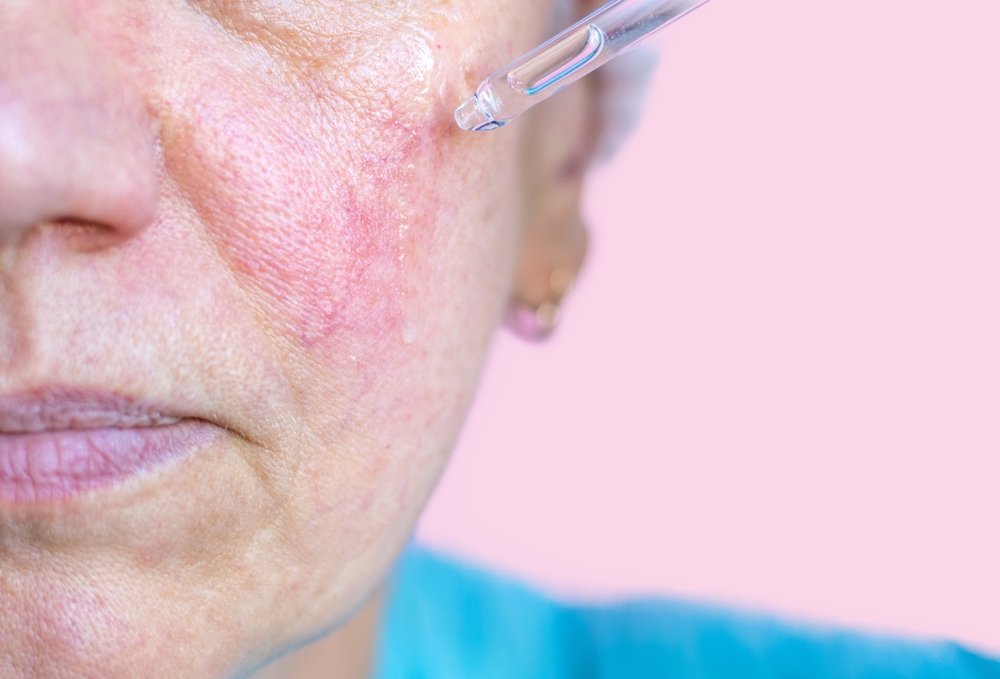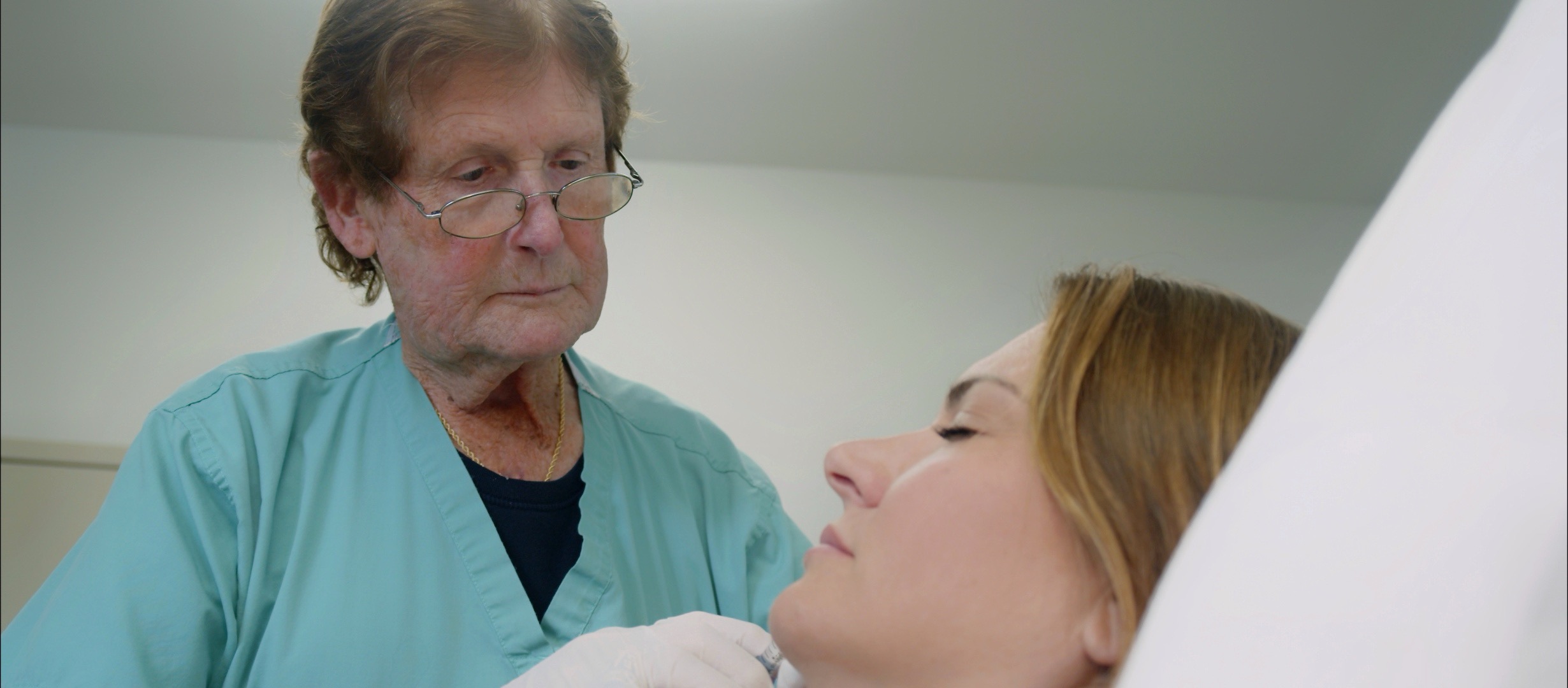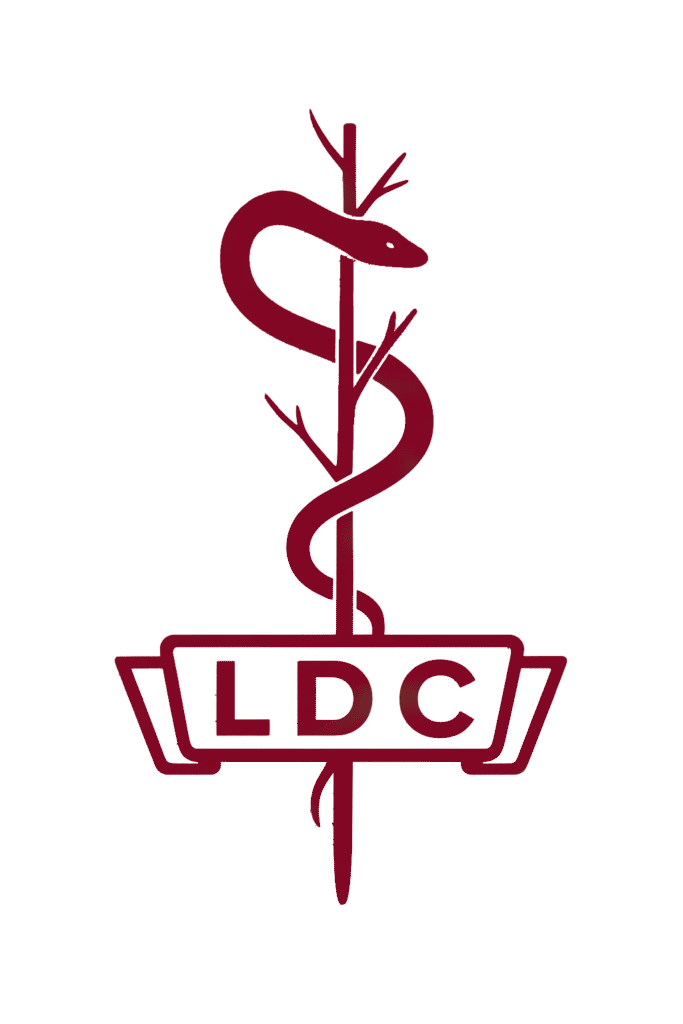Medical Dermatology in LaPlace, LA
When Redness Becomes More Than a Blush
Many patients notice rosacea as a light flush on their cheeks after being outdoors. One woman from thought the redness was just sunburn from a hot afternoon. Weeks later, it never faded. That’s how her treatment journey began. Rosacea often shows up as redness on the cheeks, nose, chin, or forehead. Erythema is the medical word for that redness caused by increased blood flow. In some people, it spreads to the neck or chest and becomes hard to hide or ignore.


What Causes Rosacea and Erythema
The exact cause isn’t clear, but common triggers in Louisiana make it worse. Hot, humid air can increase flushing. Sun exposure adds inflammation. Spicy food and alcohol dilate blood vessels, making redness stronger. Emotional stress can set off flare-ups. Even basic skincare products can trigger irritation when they’re too harsh for sensitive skin.
Spotting Early Signs
The first signs often appear subtly. Redness may stay long after you come in from outside. The skin may sting, burn, or feel hot to the touch. Small veins can become visible on the cheeks or nose. The flushing may last for hours instead of fading. Over time, some people develop bumps that look like acne but are not acne. Their skin can feel sensitive, tight, or dry. Recognizing these signs early can help prevent them from becoming worse.
How Rosacea Feels Day to Day
Rosacea is more than how the skin looks. Many people describe a burning, stinging, or tight feeling that gets worse in hot weather. Some prefer to stay indoors during the warmest part of the day to avoid flare-ups. In LaPlace, it’s common for the heat and humidity alone to be enough to trigger redness. For many, living with rosacea means paying attention to the environment and making small daily adjustments to keep their skin calm.
Professional Diagnosis
Rosacea can look like acne, sunburn, or an allergic reaction, which is why many people misdiagnose themselves. A proper skin exam is the best way to know what’s happening. At LaPlace Dermatology Clinic, dermatologists check the skin closely, ask about triggers, look for broken capillaries, and develop a personal treatment plan. There’s no lab test that confirms rosacea, so diagnosis depends on clinical experience and careful observation.

Everyday Skin Care Tips
Good habits make medical treatment work better. Using gentle, fragrance-free cleansers helps protect the skin barrier. Patting the face dry instead of rubbing prevents extra irritation. Daily sunscreen keeps redness from deepening. Staying out of hot, humid air during peak hours reduces flushing. Rinsing off sweat after being outside helps the skin recover faster. Even choosing lukewarm water over hot water during showers can make a difference. For many patients, small steps bring real relief.
Long-Term Management
Rosacea tends to last for years, but it can be controlled. Regular visits to a dermatologist, combined with personal trigger management, help most people see progress in a few months. Flares become shorter and less intense. The skin feels calmer. People regain confidence to enjoy daily life. Some choose laser therapy to reduce visible blood vessels for a longer-lasting effect. With time, they find a routine that keeps their skin stable and predictable.
Living With Rosacea
People with rosacea can still enjoy life in LaPlace, Louisiana. Hot, humid weather doesn’t mean giving up the things you like. Simple steps, such as finding shade, staying hydrated, or keeping the skin cool, can make a difference. Managing rosacea is not about avoiding everyday activities. It’s about understanding how your skin reacts and making small adjustments so flare-ups don’t get in the way of daily life.
Rosacea Treatment in Laplace
Rosacea can’t be fully cured, but it can be managed effectively. Many patients in LaPlace, Louisiana see real improvement when treatment is matched to their triggers. Topical creams or gels can help calm visible blood vessels and reduce inflammation. In some cases, oral antibiotics may be used for inflammatory lesions. Laser therapy can help with persistent redness and visible veins. Prescription skincare designed for sensitive skin helps protect the skin barrier. Most treatment plans combine several methods to reduce flare-ups and protect the skin from the area’s hot and humid weather.
How Louisiana’s Climate Plays a Role
Louisiana’s weather has a direct impact on rosacea. Long summers bring heat and humidity that increase flushing. Hurricanes and storms bring both stress and damp air, which can make redness worse. Many patients say flare-ups happen after spending time outside during cleanup work or long power outages. Planning ahead helps. Keeping the skin cool, applying light moisturizers, and avoiding irritating products can reduce the intensity of flare-ups when the weather turns rough.


When to See a Dermatologist
It’s time to seek care when redness doesn’t fade after weeks, when the skin stings regularly, when visible veins appear, or when over-the-counter products do nothing. Early care prevents long-term damage and makes treatment more effective. Local care matters because Louisiana’s climate brings unique triggers that require specific solutions. That’s why so many patients choose LaPlace Dermatology Clinic for rosacea treatment.

